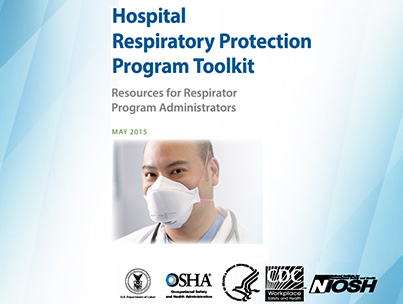Worker Safety in Hospitals
Caring for our Caregivers

Safety and Health Management Systems
One of the most effective ways to reduce workplace hazards and injuries is through a comprehensive, proactive safety and health management system. A safety and health management system is a proactive, collaborative process to find and fix workplace hazards before employees are injured or become ill. The benefits of implementing safety and health management systems include protecting workers, saving money, and making all your hazard-specific programs more effective. In hospitals, prioritizing safety in the environment of care reaps important additional benefits through improved quality of patient care. Leading hospitals have already effectively implemented these systems in a number of ways.
Tools & Resources
Click on the products to learn more about safety and health management systems.
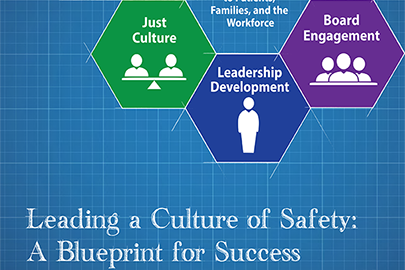
Leading a Culture of Safety: A Blueprint for Success
A tool for chief executive officers and other leaders to assess and advance their organization's culture of safety.
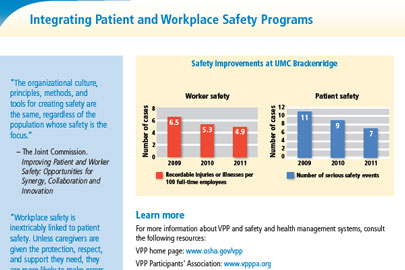
The case for a safety and health management system
A brief summary for hospital administrators and others who want to learn more about how a safety and health management system can protect workers, save money, and improve quality of care.
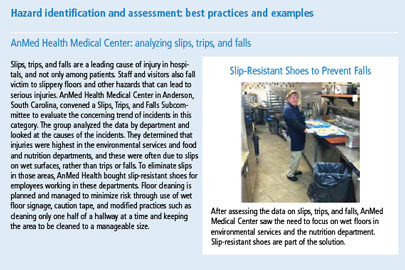
What are the core elements of a safety and health management system and how can your hospital apply them?
A guidebook that describes the six core elements of a safety and health management system and provides strategies for implementing them in a hospital setting.
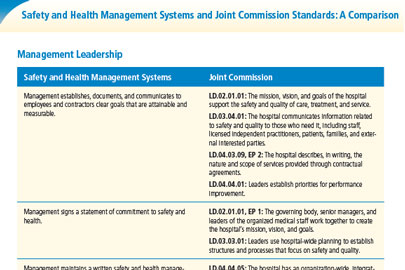
How does a safety and health management system fit with the Joint Commission standards?
A table that shows how the core elements of a safety and health management system align with Joint Commission standards for hospital accreditation.
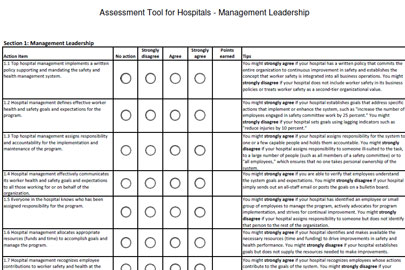
How is your hospital doing?
A detailed self-assessment tool to help safety managers determine how many of the recommended elements of a safety and health management system are in place at your hospital.


